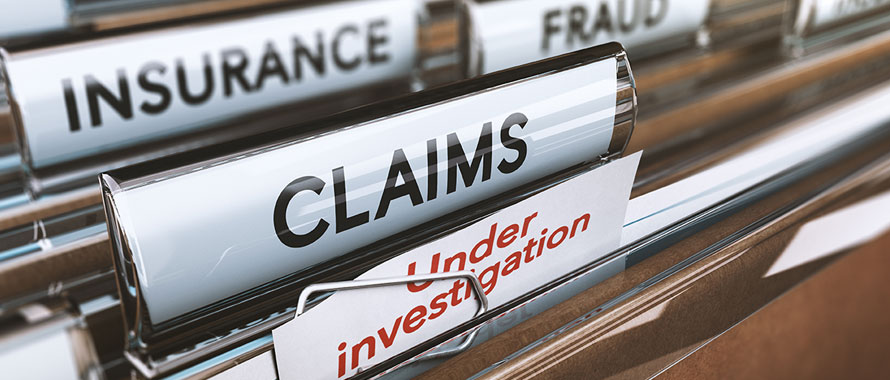Coming to Terms With Asset Protection Strategies
Asset protection deals with protecting your assets from others who may make a claim on them through a court action. Developing an approach to what asset protection strategy you need requires you to understand which assets of yours are vulnerable to be claimed, when, and from whom. This article outlines these points and the boundaries and limitations that affect your choice of asset protection device.
So how do you scope out an asset protection strategy for you? Here’s what you need to know.
First: Recognize who can make a claim on you and for how much:
Creditors can. You entered into an agreement with them for their product or services. Now you find you can’t pay them. You know how much a creditor can claim since you made the agreement.
People who can sue you for injury they’ve incurred and attributed to you – perhaps your negligence. A normal amount of liability insurance can take care of much of this.
But there are people who target you for a lawsuit because you have a lot of money. They generally expect you to buy them off with a settlement considerably less than their outrageous claim for a trumped-up injury.
Lastly, are those that sue you in divorce or through paternity suits. They’re your spouse or lover – however temporary or fleeting either relationship was. Your child(ren) play a critical part in the nature and damage these suits can produce. These are the divorce/paternity claimants.
The amount they can claim and be awarded is enormous and can continue until your child grows up – and through college in some states. Such suits have been known to be very unfair, untenable, have led to many suicides of fathers, and ultimately derive from unfair court processes that ignore fundamental rights of fathers.
It’s important that you recognize that government offers you no protection against divorce/paternity claimants. It does offer limited asset protection against creditor and other claimants as I’ll mention below.
Second: Recognize what assets you own that are vulnerable to claims:
To divorce/paternity claimants, all your assets are vulnerable. So in addition to what you presently own as assets, what you may potentially own in the future is vulnerable too. An example of this would be an expected inheritance.
Third: Know the government-protected assets against creditor claims – for your state:
Government- under either federal or state law – affords some limited protection of assets according to how the asset is held by you – and under what legal suit type.
The government-protected asset categories are:
* Government-regulated retirement savings plan accounts (such as pensions, 401(k), IRAs)
* Insurance products
* Homestead
Federal law protects your retirement plan accounts (to some dollar level) against creditors, but only under your bankruptcy case – a federal court process. For suits other then a bankruptcy, state law governs the amount of protection. State law is state dependent; it generally offers less protection.
Insurance products protection is state regulated and state dependent. Life insurance’s death benefit and annuity’s payouts carry protection against most creditor claims.
You homestead – i.e. your principal residence for living – generally carries some dollar limit protection. Some states have much higher homestead values protected than others. Some minor holdings values for car or clothing is also protected.
Check your state for its extent of protection.
Fourth: Understand a court’s ability to claim assets from you for a claimant:
The fundamental criteria to have assets you own claimed under a court order are that those assets are:
* owned or controlled by you and
* known to exist and
* within the jurisdiction of the court to seize
Based on these criteria your chosen protection strategy must be one or a combination of these actions:
1. Transferring ownership of your assets that are known to exist or easily discovered and are within a U.S jurisdiction – so there’s no ownership or control
2. Maintaining ownership of the asset but locate it off shore so the court can’t seize it – so they’re not within court’s jurisdiction
3. Repositioning an asset, no matter how you hold it, so it’s not known to exist and can’t be discovered easily – either within the U.S. or offshore – so court can’t claim what’s not known
Two conditions affect the viability of actions1, and 2 are:
* Assets transferred in light of a pending or active lawsuit are considered fraudulently transferred. They can be considered own by you for claims purposes.
* The court can seize (i.e. jail) you under a contempt of a court to force you to return any asset – or its equal value – that it’s aware of and considers owned by you but is unavailable or outside of the court’s jurisdiction to seize.
Action three is the most secure protection and often the cheapest to achieve.
Shane Flait gives you workable strategies to accomplish your goals in financial, legal, tax, retirement and protection issues.


